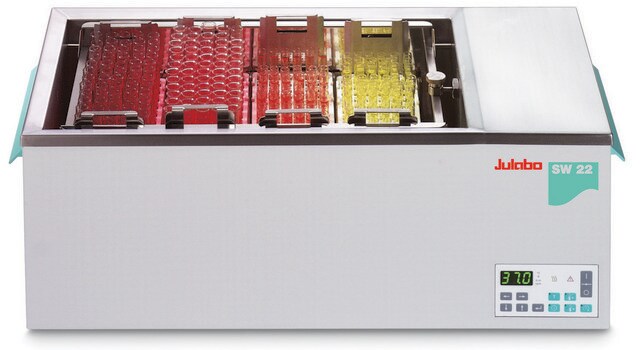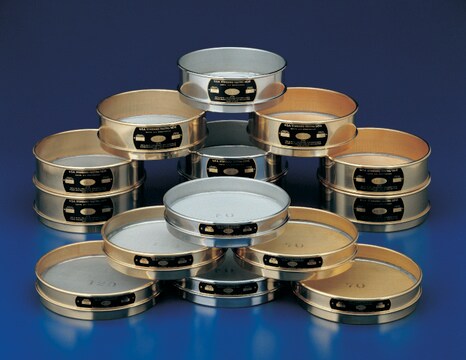GF37567637
Tin
wire reel, 0.2m, diameter 1.5mm, as drawn, 99.99+%
Synonim(y):
Tin, SN005140
Zaloguj sięWyświetlanie cen organizacyjnych i kontraktowych
About This Item
Wzór empiryczny (zapis Hilla):
Sn
Numer CAS:
Masa cząsteczkowa:
118.71
Numer MDL:
Kod UNSPSC:
12352300
Identyfikator substancji w PubChem:
NACRES:
NA.23
Polecane produkty
Próba
99.99%
Postać
wire
producent / nazwa handlowa
Goodfellow 375-676-37
rezystywność
11 μΩ-cm, 20°C
dł. × śr.
0.2 m × 1.5 mm
tw
2270 °C (lit.)
mp
231.9 °C (lit.)
gęstość
7.310 g/mL at 25 °C (lit.)
ciąg SMILES
[Sn]
InChI
1S/Sn
Klucz InChI
ATJFFYVFTNAWJD-UHFFFAOYSA-N
Opis ogólny
For updated SDS information please visit www.goodfellow.com.
Informacje prawne
Product of Goodfellow
This page may contain text that has been machine translated.
Certyfikaty analizy (CoA)
Poszukaj Certyfikaty analizy (CoA), wpisując numer partii/serii produktów. Numery serii i partii można znaleźć na etykiecie produktu po słowach „seria” lub „partia”.
Masz już ten produkt?
Dokumenty związane z niedawno zakupionymi produktami zostały zamieszczone w Bibliotece dokumentów.
M R Krigman et al.
Neurotoxicology, 5(2), 129-139 (1984-01-01)
The toxicology of tin is almost entirely the toxicology of the organic compounds of tin, for the metal itself and its inorganic compounds appear to be nearly harmless for practical purposes. Furthermore, the neurotoxicity of organotin is essentially that of
Heinz Rüdel
Ecotoxicology and environmental safety, 56(1), 180-189 (2003-08-14)
This article reviews the literature related to the bioavailability of tin, inorganic tin compounds, and organotin compounds. On the one hand, the toxicity of metallic tin and inorganic tin compounds is low. In aqueous systems, the potential bioavailability of tin
Steve Blunden et al.
Food and chemical toxicology : an international journal published for the British Industrial Biological Research Association, 41(12), 1651-1662 (2003-10-18)
Tinplate is light gauge, steel sheet or strip, coated on both sides with commercially pure tin and has been used for well over a hundred years as a robust form of food packaging. Altogether, about 25,000 million food cans are
Commonly used methods of analysis for tin in foods.
W Horwitz
Journal - Association of Official Analytical Chemists, 62(6), 1251-1264 (1979-11-01)
P Mushak
Neurotoxicology, 5(2), 163-176 (1984-01-01)
Methods for both total and form-variable tin analysis in biological media are reviewed. While total tin analysis was common in the past, and in some cases still is, better understanding of the toxicology and toxicokinetics of organotins in biological systems
Nasz zespół naukowców ma doświadczenie we wszystkich obszarach badań, w tym w naukach przyrodniczych, materiałoznawstwie, syntezie chemicznej, chromatografii, analityce i wielu innych dziedzinach.
Skontaktuj się z zespołem ds. pomocy technicznej


![N-Methyl bis[(trifluoromethyl)sulfonyl]imide ≥90.0% (GC)](/deepweb/assets/sigmaaldrich/product/structures/293/464/eefedfb1-fedb-4509-a339-48035f47c0eb/640/eefedfb1-fedb-4509-a339-48035f47c0eb.png)

